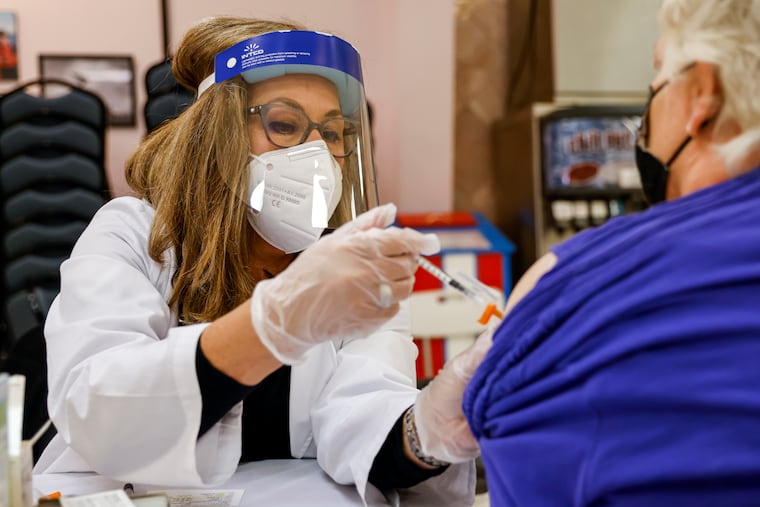Flu is spreading around the Philly region and the nation. The holidays could help it take off.
So far, young people are most likely to have the virus, but the particular strain they’re spreading has health officials worried.

So far, young people are most likely to have the virus, but the particular strain they’re spreading has health officials worried.
